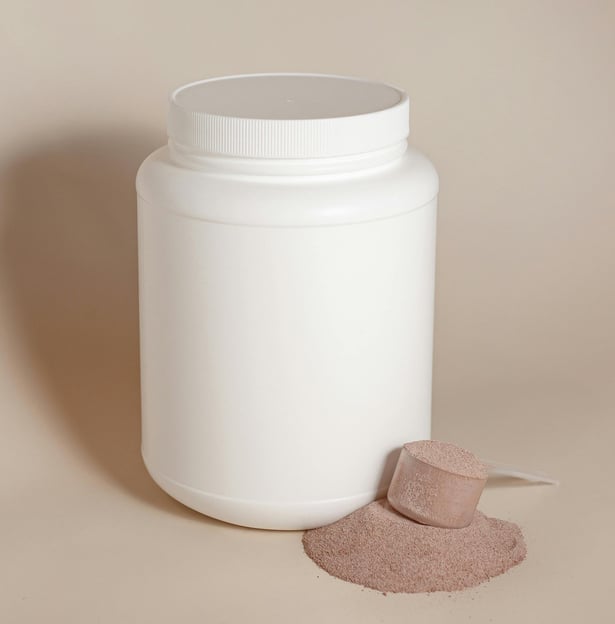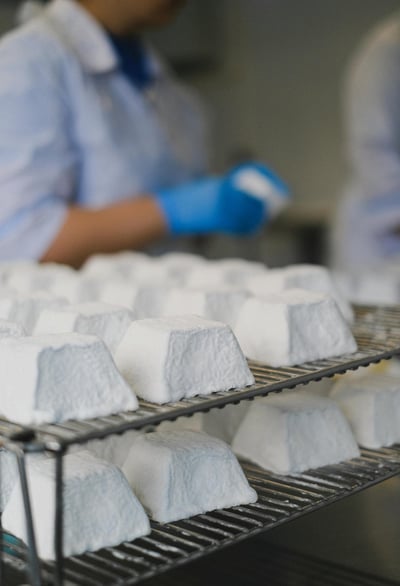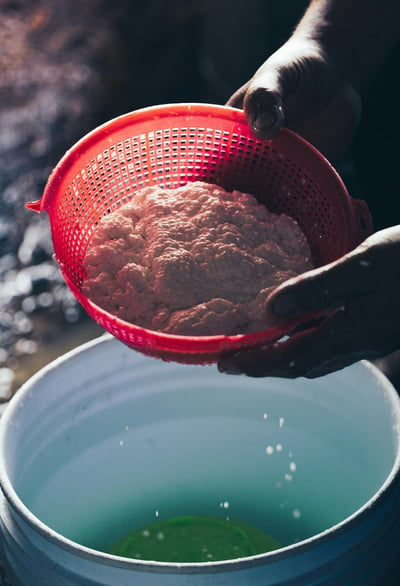Protein Powder: Types, Benefits, and Side Effect
SUPPLAMENTLERÖNE ÇIKAN
Yigit Orsoglu
3/27/20255 min read


Introduction
Protein is a fundamental nutrient for muscle development, immune system functions, and overall body health. While the healthiest way to meet daily protein requirements is through natural foods, protein powder can be a significant supplement for individuals who engage in intense training, athletes, or those who cannot sufficiently meet their protein needs from food.
1. Protein Powder Varieties
Protein powders are typically classified based on their sources and processing methods. The most commonly used types of protein powders are as follows:
1.1. Whey Protein Powder
Whey protein is a by-product obtained during cheese production. Its fast absorption and high bioavailability make it one of the most popular protein powders. Whey protein is divided into three main types:
Concentrated Whey Protein: Contains 70-80% protein and includes small amounts of fat and lactose.
Isolated Whey Protein: Undergoes additional filtration processes, resulting in a protein content of 90% or higher. It has lower lactose and fat content, making it a more suitable option for individuals with lactose intolerance.
Hydrolyzed Whey Protein: Contains pre-broken (hydrolyzed) protein chains, making it the fastest-absorbing form.
Milk Pasteurization
Milk is first pasteurized to eliminate harmful microorganisms. This process involves heating the milk to a specific temperature and then rapidly cooling it, increasing its safety.
Production and Separation of Whey
Pasteurized milk is coagulated by adding rennet (enzymes). As a result of this process, the solid part (cheese curd) is separated from the liquid part, which is whey. Whey is the liquid portion and emerges as a by-product of cheese production.
Filtration and Concentration of Whey
The obtained whey liquid undergoes various filtration processes to remove fat and other unwanted particles. Membrane filtration techniques are commonly used at this stage.
Packaging
The dried whey protein powder is placed in moisture- and light-resistant packaging and presented to consumers. This packaging is crucial for preserving the freshness and quality of the product.
This production process ensures that the nutritional value of whey protein is maintained as it reaches consumers.
Ion Exchange Technology
Some manufacturers use ion exchange methods to further purify whey proteins. This technique separates proteins based on their electrical charges, resulting in products with higher purity.
Drying Process
The concentrated whey protein is transformed into powder using a spray drying method. This process involves exposing liquid whey in the form of a fine mist to hot air, allowing it to dry quickly. As a result, a whey protein powder with a long shelf life and easy transportability is obtained.






Whey Protein Powder Production Process
1.2. Casein Protein Powder
Unlike whey protein, casein protein is a slow-digesting protein source. Due to its prolonged digestion time, it is especially recommended before bedtime. It helps prevent muscle breakdown and provides sustained protein release. It is a very beneficial protein source for those who fast for extended periods or anticipate situations of prolonged hunger.
1.3. Beef Protein Powder
Beef protein, derived from beef, is a good alternative for individuals with allergies to dairy products or lactose intolerance. Although it does not absorb as quickly as whey protein, it has high bioavailability and can effectively aid in increasing muscle mass. Additionally, it contains collagen, which may support joint health.
Price: Generally more expensive compared to whey protein.
Absorption: Absorbs more slowly than whey protein.
Taste: Most beef protein powders have a strong and sometimes unpleasant taste.
Amino Acid Profile: If you purchase a low-quality product, it may lack sufficient amounts of leucine, isoleucine, and valine (BCAAs), which are crucial for muscle growth.
Additional Additives: Some brands may add collagen to beef protein powder to inflate the protein content.
Disadvantages
1.4. Gainer (Carbohydrate-heavy protein powder)
Gainer protein powder contain high amounts of carbohydrates and calories alongside protein. They are commonly preferred by individuals aiming to gain weight or replenish glycogen stores after intense workouts.
However, in my opinion, they are quite mediocre and overpriced compared to their protein content, so I do not recommend them.
Price: Generally more expensive compared to whey protein.
Lesser Protein: Gainer protein powders contain a lower amount of protein per serving.
Acne: High carbohydrate intake can lead to insulin-related acne problems.
Disadvantages
2. Benefits of Protein Powder
Protein powders, when used regularly, can provide various benefits, such as:
Supports Muscle Growth: Especially in individuals who perform resistance training, it accelerates muscle development by increasing muscle protein synthesis.
Speeds Up Muscle Repair: Helps repair micro-damage in muscle tissues after training, aiding faster recovery.
Provides Ease and Practicality: Getting enough protein throughout the day can be challenging. Protein powder offers a convenient solution, making it easier to meet daily protein requirements.
Boosts the Immune System: Particularly whey protein can strengthen the immune system by increasing glutathione production.
3. Whey Protein Powder: Potential Side Effect
The effects of protein powders can vary depending on the quality of the product, its ingredients, and the individual's health condition. If you're considering using protein powder, it's important to choose reliable brands and consult your doctor. Here are some commonly known potential side effects:
Heavy Metals and Toxins: Some protein powders have been found to contain heavy metals like lead, arsenic, cadmium, and mercury. These metals can accumulate in the body and lead to organ damage.
Digestive Issues: Milk-based protein powders (e.g., whey protein) may cause bloating, gas, and stomach discomfort in individuals with lactose intolerance.
High Sugar and Calorie Content: Certain protein powders may contain high levels of added sugars and calories, potentially leading to weight gain and sudden spikes in blood sugar levels.
Effects on Kidney Health: Prolonged high protein intake may increase the burden on the kidneys, particularly for individuals with pre-existing kidney conditions.
Hormonal Imbalances: Some protein powders may contain phytoestrogens or hormone-like compounds, potentially causing hormonal imbalances.
Simply put, the effects of protein powder can vary depending on who uses it, how frequently it is used, and the quality of the product.
On the contrary, it has been proven to play a beneficial role in the treatment of type-2 diabetes. Relevant article: PMC10005124.
In one study, an experiment was conducted on rats fed a high-fat and high-fructose (HFHF) diet. The study aimed to test whether whey protein supplementation could prevent conditions such as liver damage, inflammation, endotoxemia, and steatosis. As a result, it reduced the total liver damage score and also increased occludin expression. Occludin is a protein that maintains the integrity of the intestinal barrier. Relevant article: PMC10994406.
Protein Powder Usage
Post-Workout (within the first 30-60 minutes): Whey protein is recommended to boost muscle protein synthesis.
Before Bedtime: Casein protein may be preferred to prevent muscle breakdown overnight.
Between Meals or at Breakfast: Can be used to help meet daily protein requirements.
At Any Time: If you are unable to meet your daily protein intake, you can use it at any time, including on rest days.
Conclusion
Protein powder is an effective nutritional supplement that supports muscle growth and athletic performance. However, it is essential to choose the appropriate form based on personal goals, dietary habits, and health conditions. If sufficient protein intake cannot be achieved through natural foods, protein powder can be considered a supportive solution.
Sources:
